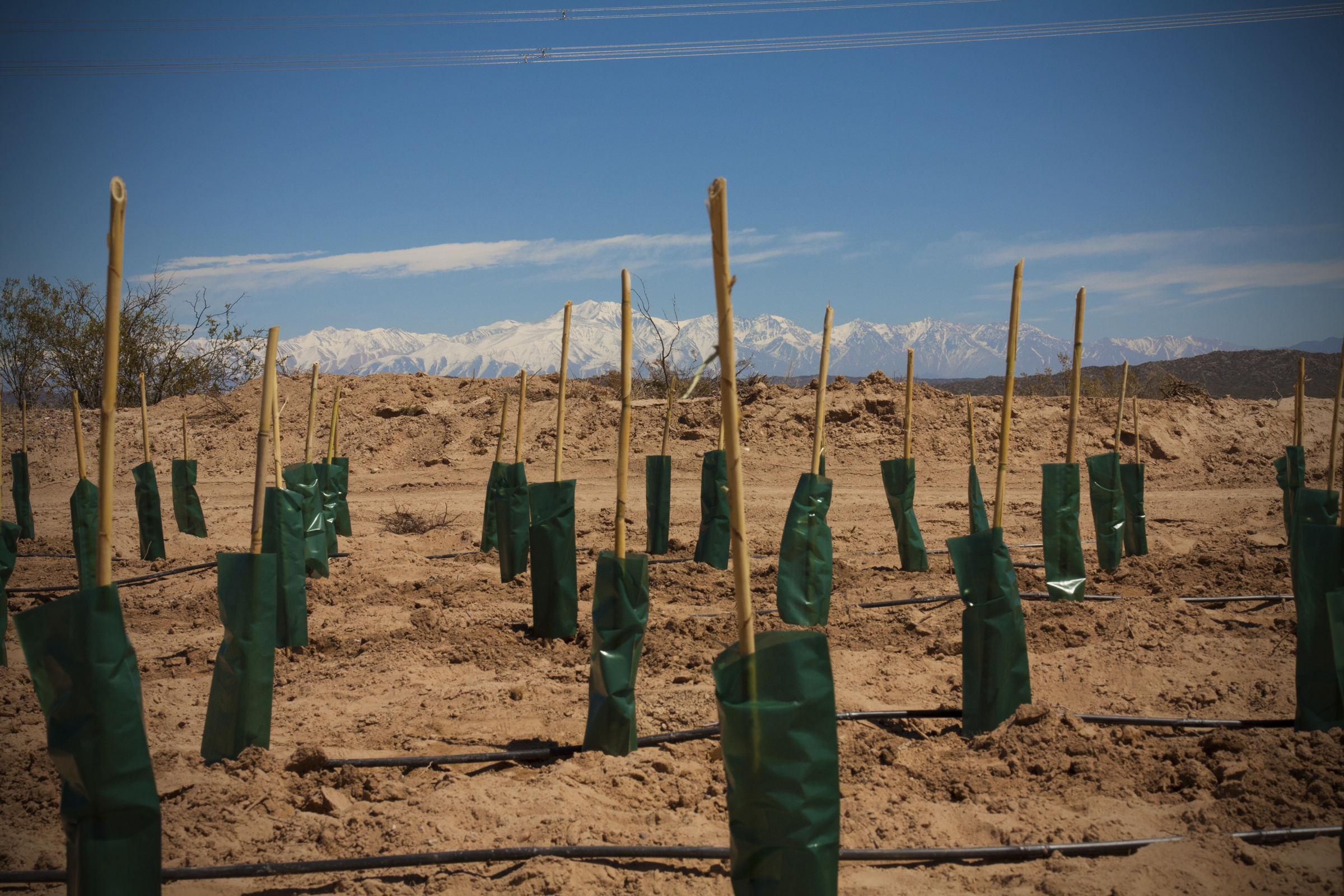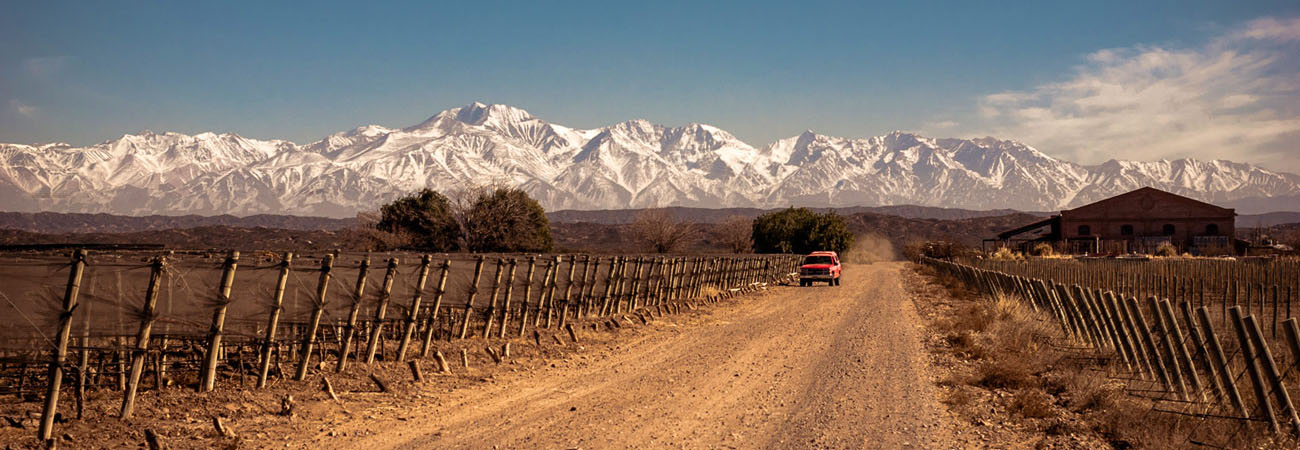How cool is it to plant a new vineyard in a virgin, previously untouched site? Where in the world can you be part of such a unique experience, and still expect to make serious wine? Mendoza is that place.
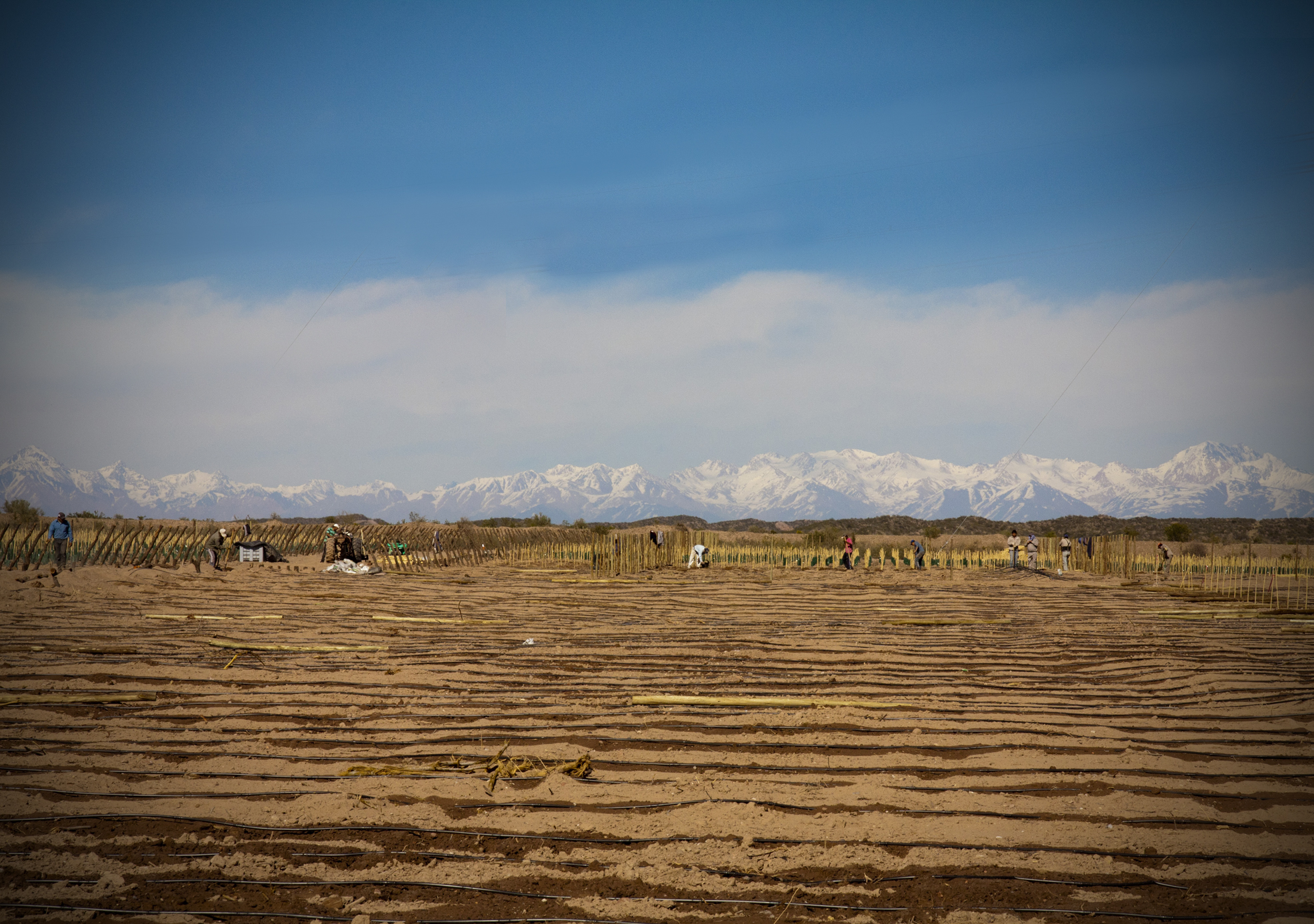
We disregarded this piece of land for a long time, but thanks to Pedro Parra’s soil studies and Alan York’s Biodynamic approach, it is now a living vineyard. Memories of the initial plantation, back in 1996, come flooding back, including the original tractor which is still with us, a relic of the ’70s.

We start with delicate little Malbec plants, which look like nothing more than a bald stick with little roots.
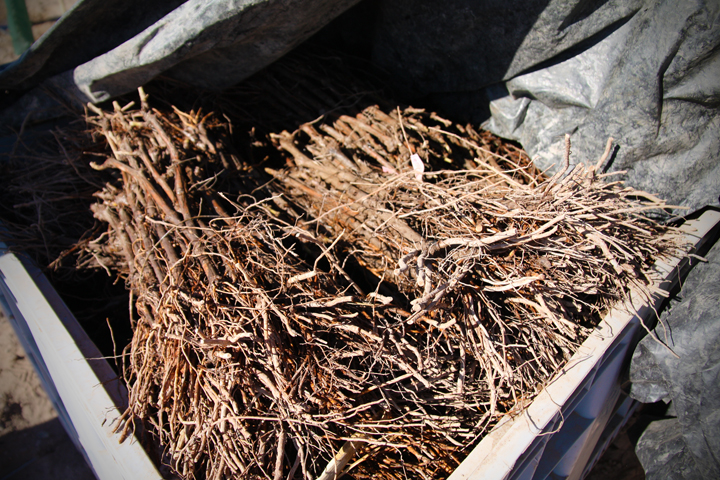
These dormant 1-year old plants have their own roots, which we are able to plant directly, since Mendoza does not suffer from invasive pests. We begin planting in Spring, after the threat of freezing and frost has passed.
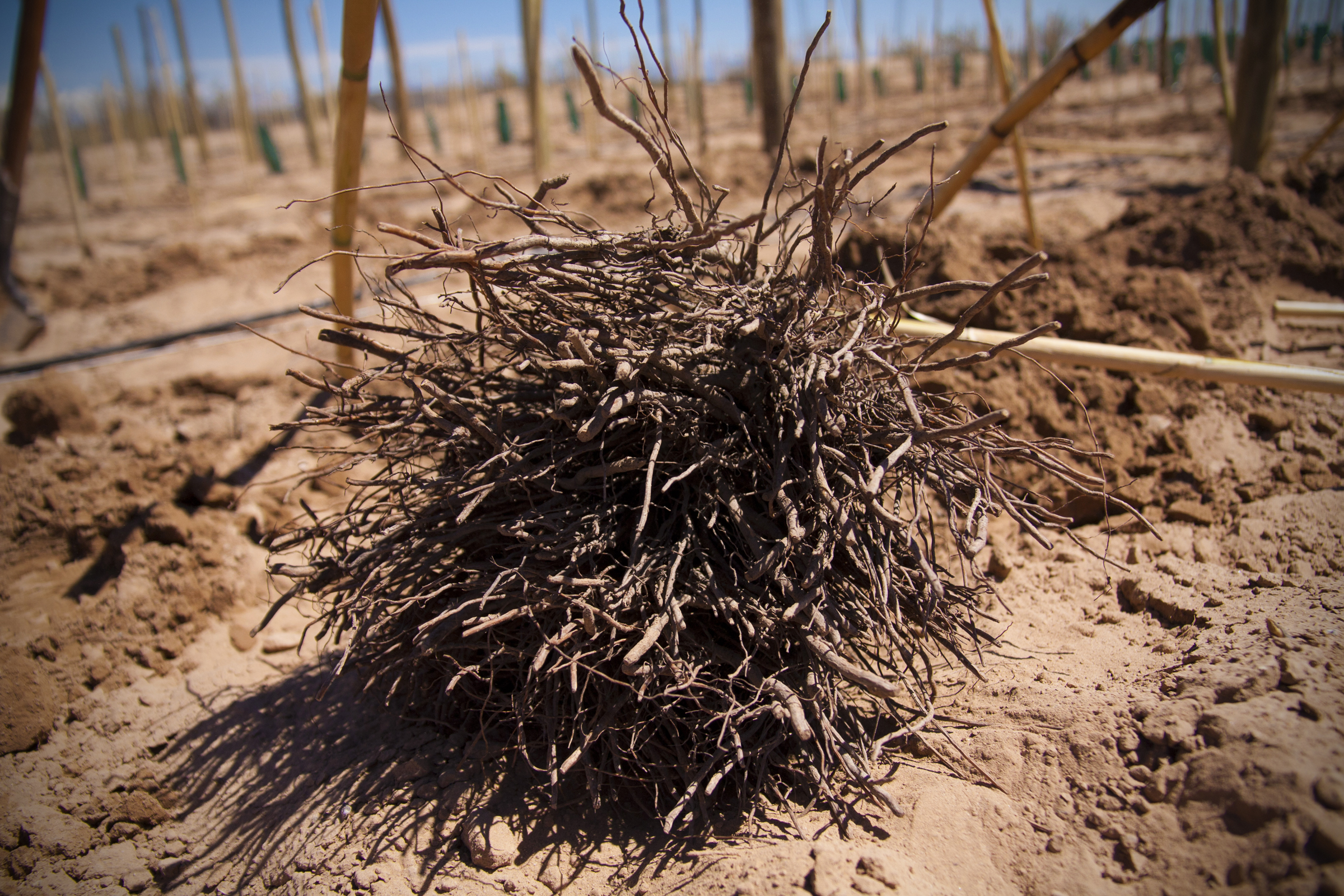
What is the first requisite of Biodynamic viticulture when planting in a virgin soil? That the soil be full of life. A natural solution to this requisite is the addition of humus: or pure organic matter.
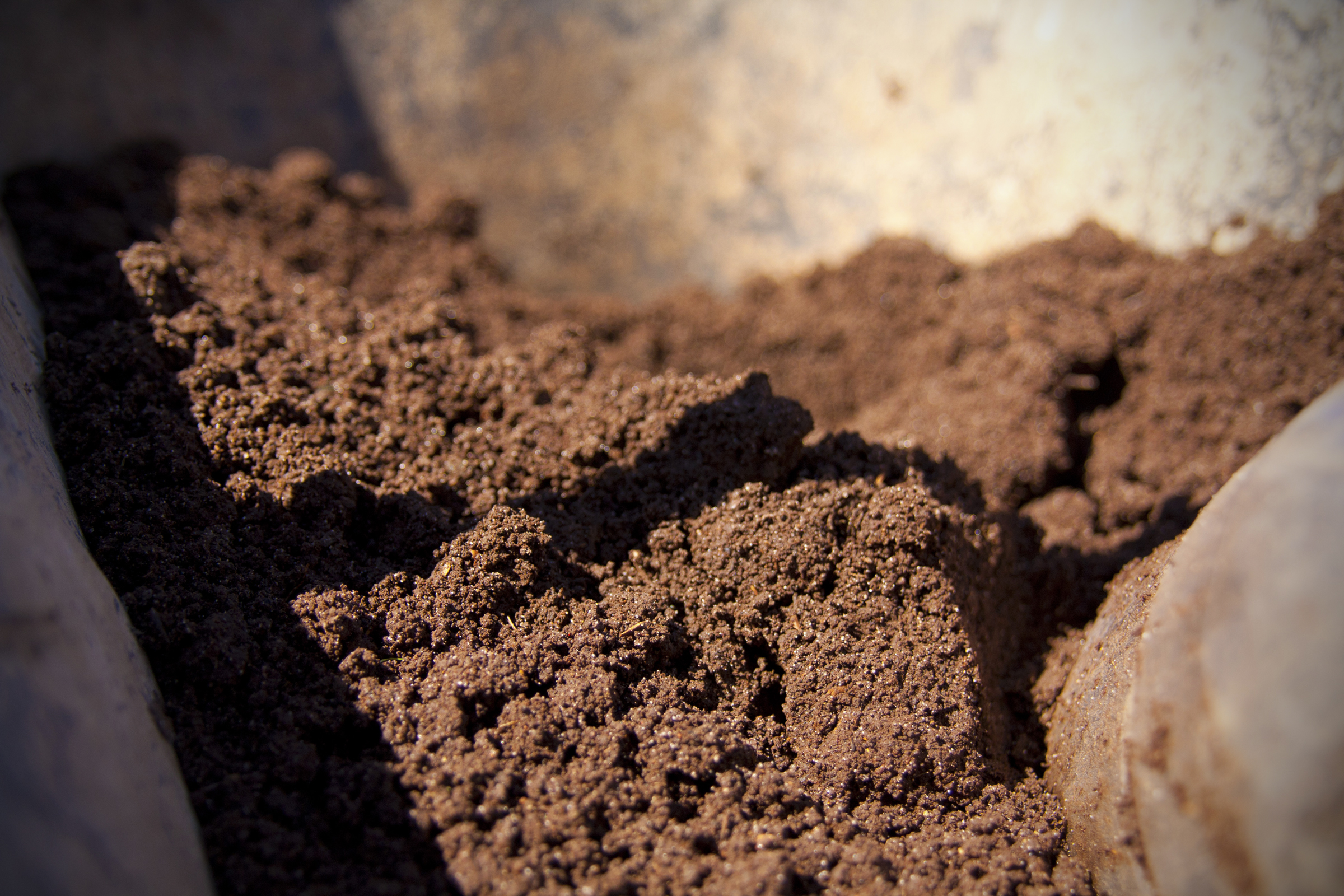
Since this is the very basis of biodynamic viticulture, our team went on a fervent search for quality humus across Argentina, from Mendoza to Corrientes, passing through Rosario and Buenos Aires.

The benefits of humus come from the high levels of nutrients and beneficial microorganisms. In short: the better the humus count in the soil, the healthier and more productive the soil will be.

Additionally, humus can hold the equivalent of 80% to 90% its own weight in moisture, increasing the soil’s capacity to withstand drought. The structure of humus also enables it to act as a natural buffer against soils that are too alkaline or acidic.
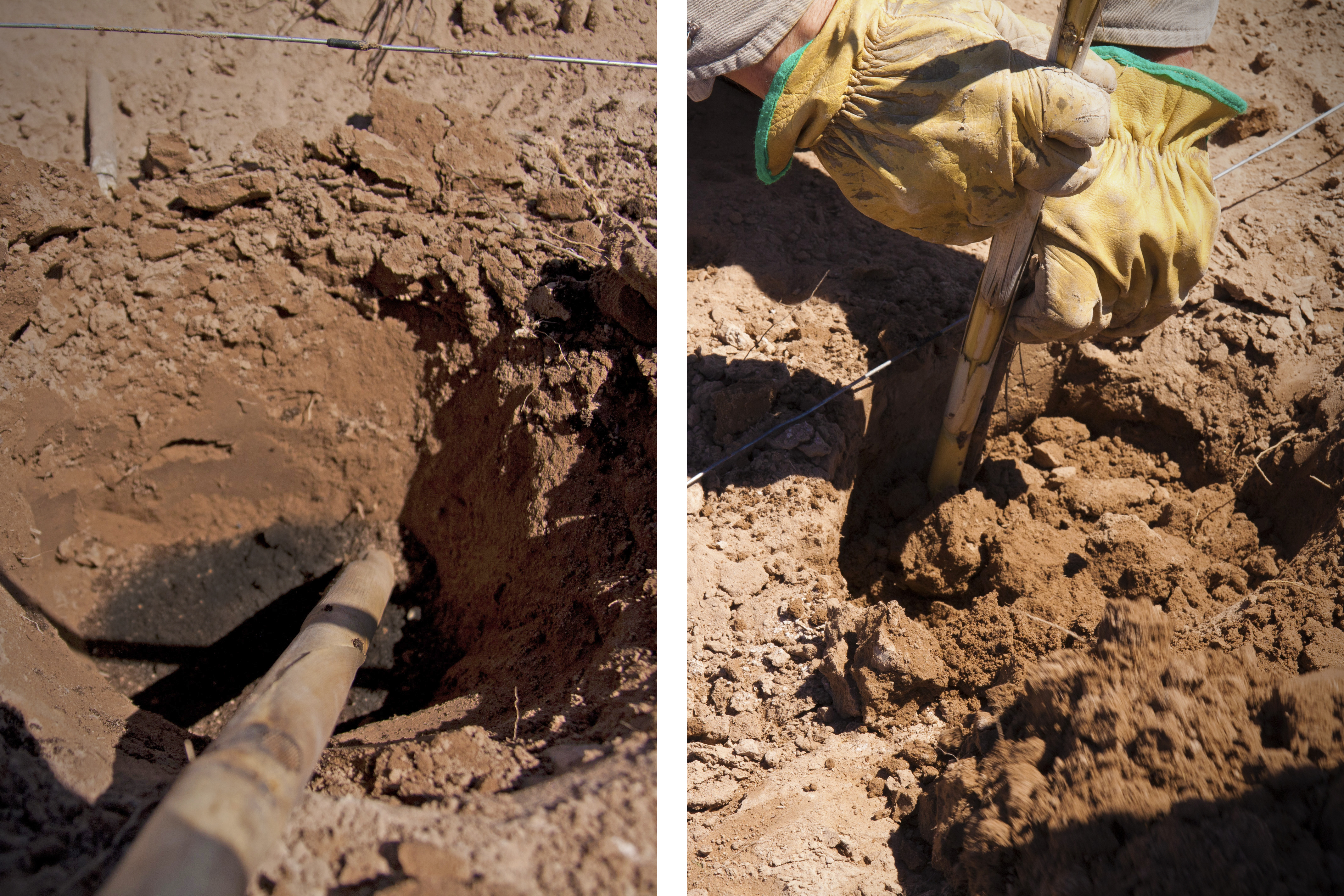
This dream was made a reality mostly due to the hard working crew, who made over 173,000 holes in the ground bare-handed: an incredible work of ants.
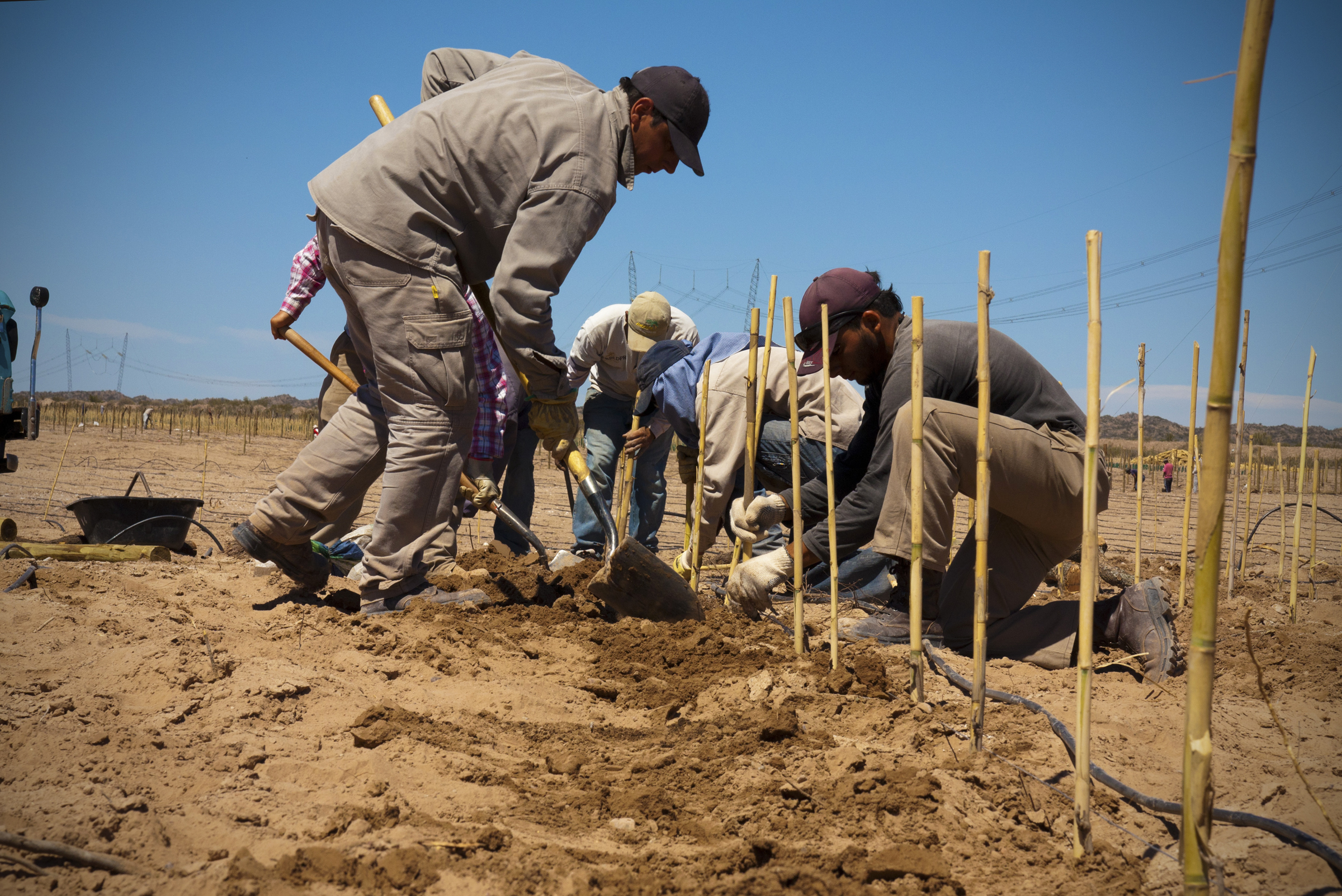
The crew move together, one digging a hole, another holding the vine in place, another covering the roots with humus and then soil. Afterward, each planting is given a healthy dose of water…
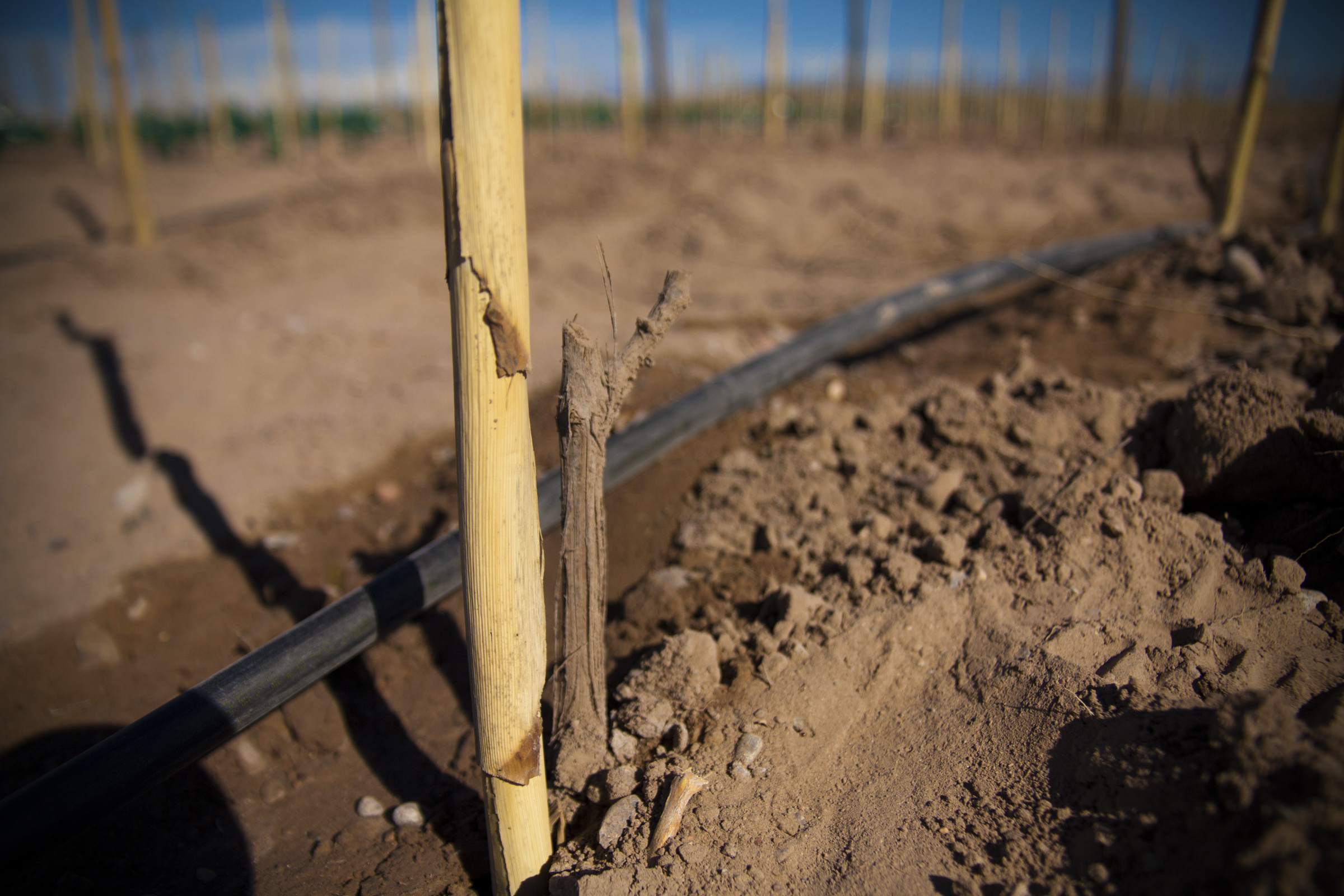
…and nursery bags are placed over the vines to give them protection from solar radiation and provide a warm home to begin their lives.
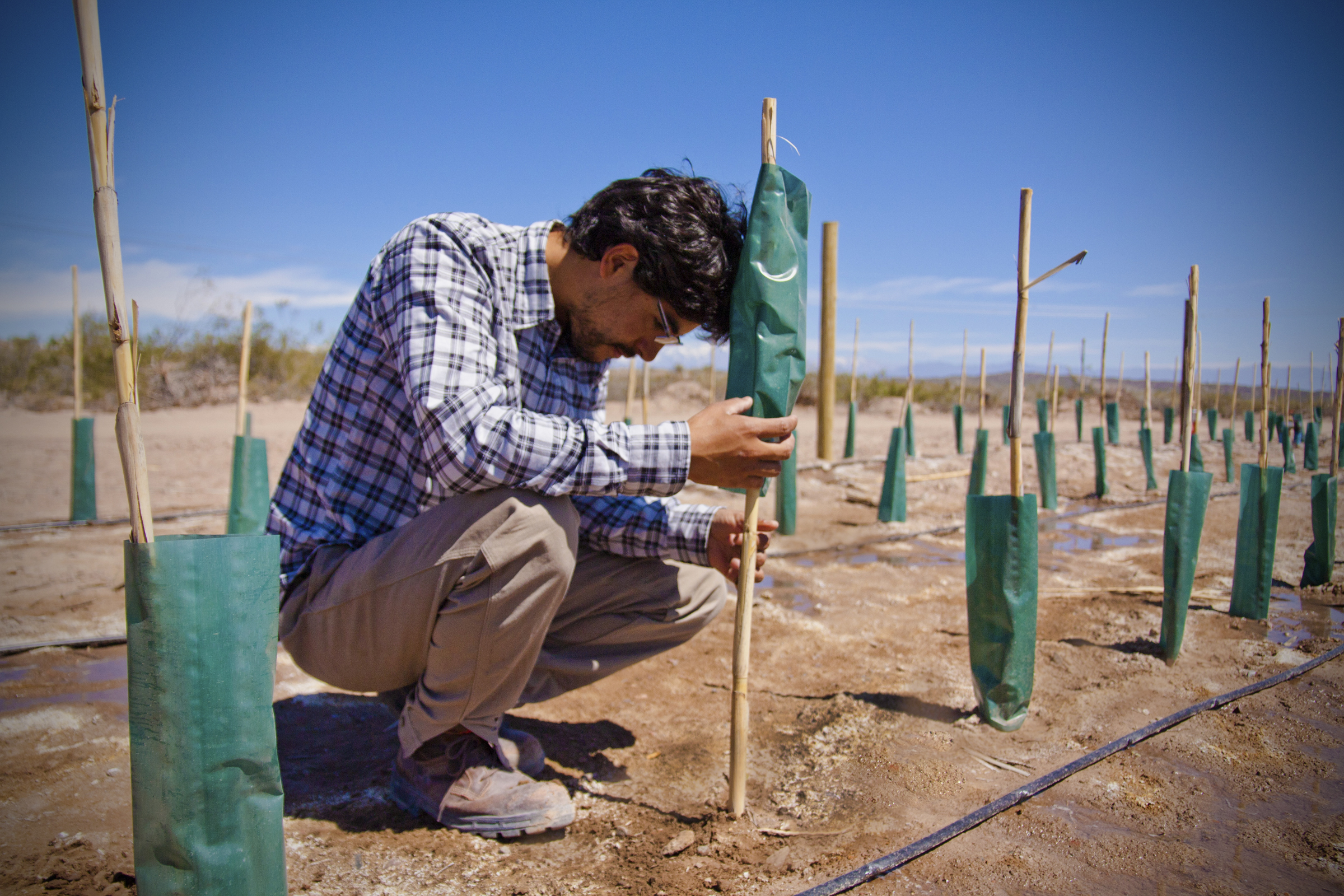
And then we wait. And watch. And fret and worry. And water. And wait a little longer.
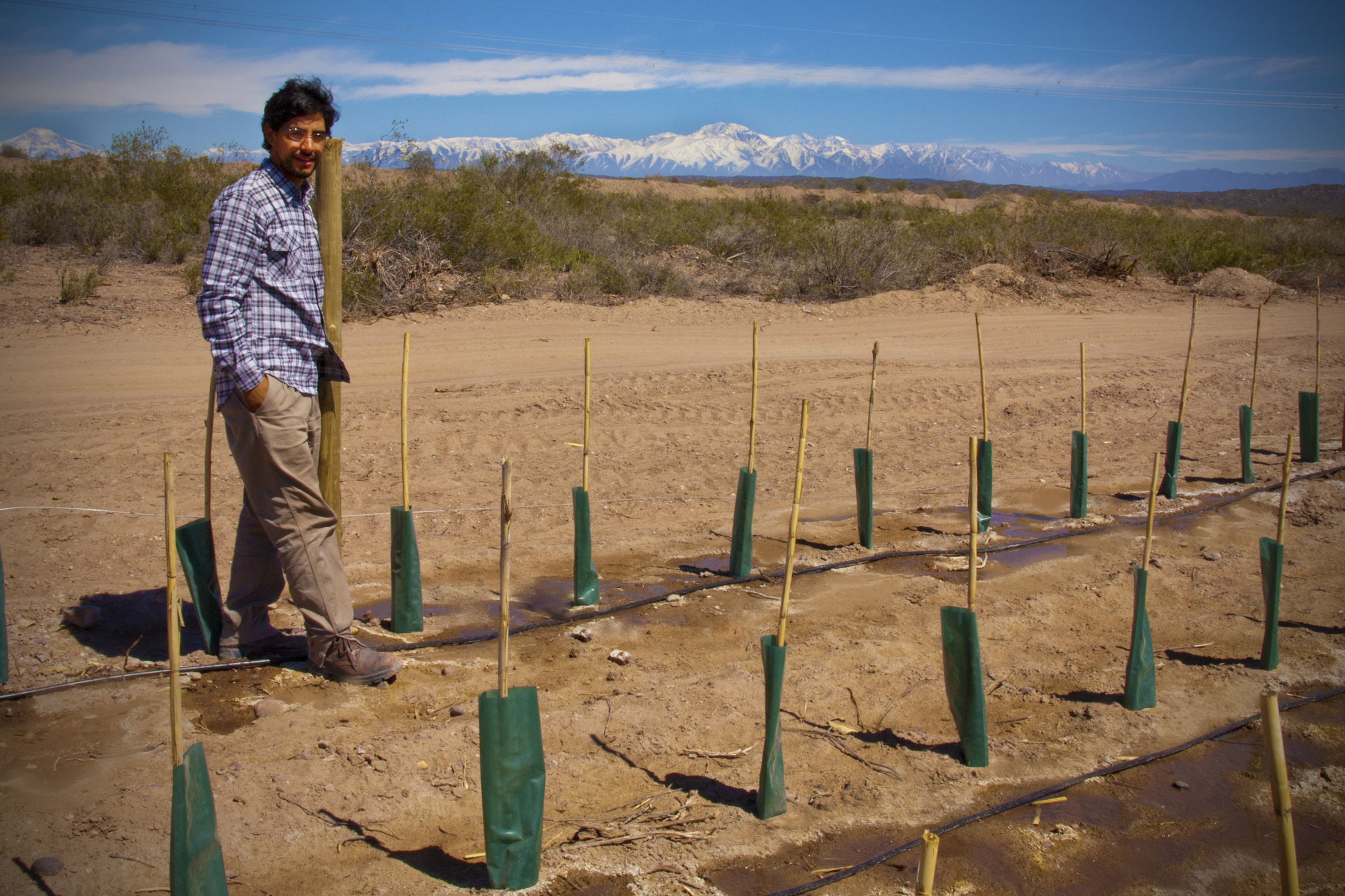
Mauricio, Altos’ viticulturist, looks on like a proud father to the 173,000 tiny plants, noting that, no doubt, this site is full of promises.
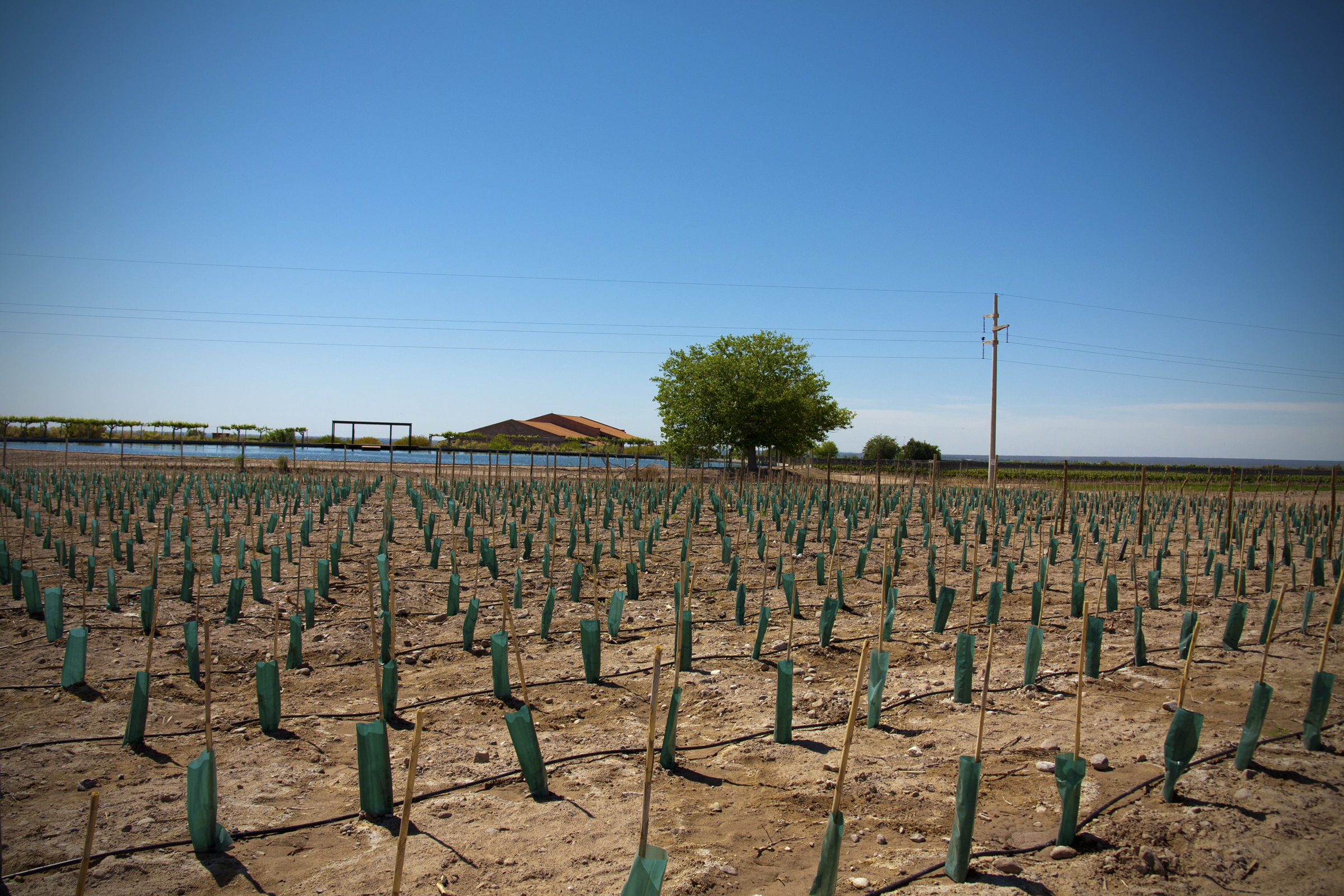
Walking through the tiny vines when all the workers have gone, has a quietness to it, a kind of freeze-frame that feels a bit like magic… but probably is just our love and pride for the new endeavor.
